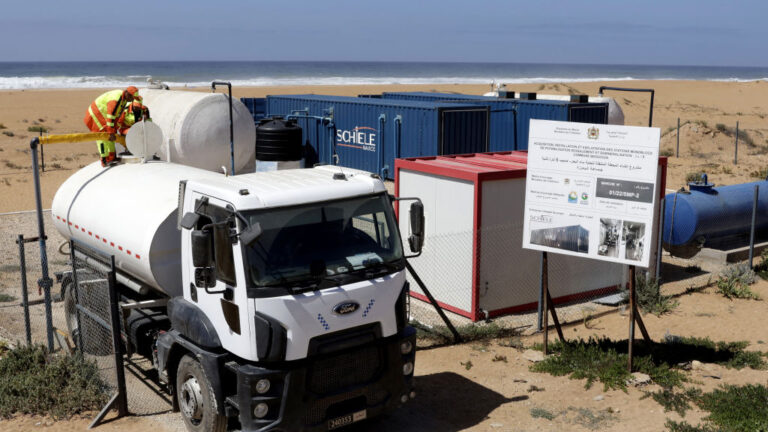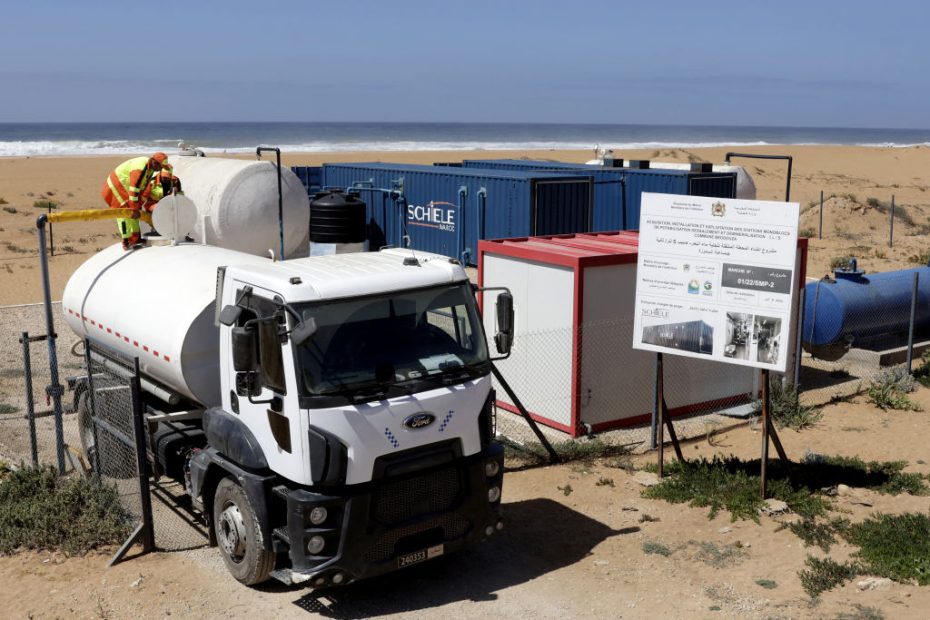
Fresh water that we can use for drinking or agriculture makes up only about 3 percent of the global water supply, and almost 70 percent of that is trapped in glaciers and ice caps. So far that's been enough to keep us going, but severe drought has left places like Jordan, Egypt, sub-Saharan Africa, Spain and California with limited access to drinking water.
One possible solution is to tap into the remaining 97 percent of the water we have on Earth. The problem is that this water is salty, and we have to remove the salt to make it drinkable. Desalination is also an energy-consuming process. But MIT researchers led by Jonathan Bessette may have found an answer. They built an efficient, self-regulating water desalination system that runs solely on solar energy, without the need for batteries or a connection to the electricity grid.
Investigating the groundwater
Oceans are the most obvious source of water for desalination. But they are only a good option for a small portion of people living in coastal areas. Most of the world's population – about 60 percent – lives further than 100 kilometers from the coast, making the use of desalinated ocean water unfeasible. So Bessette and his team focused on groundwater instead.
“In terms of global demand, about 50 percent of low- to middle-income countries depend on groundwater,” says Bessette. This groundwater is trapped in underground reservoirs, is abundant and in most places is present at depths of less than 300 meters. It mainly comes from the rain that penetrates the ground and fills empty spaces left by broken rock formations. Unfortunately, rainwater also picks up salts from the ground along the way as it seeps down. As a result, in New Mexico, for example, about 75 percent of groundwater is brackish, meaning less salty than seawater but still too salty to drink.

